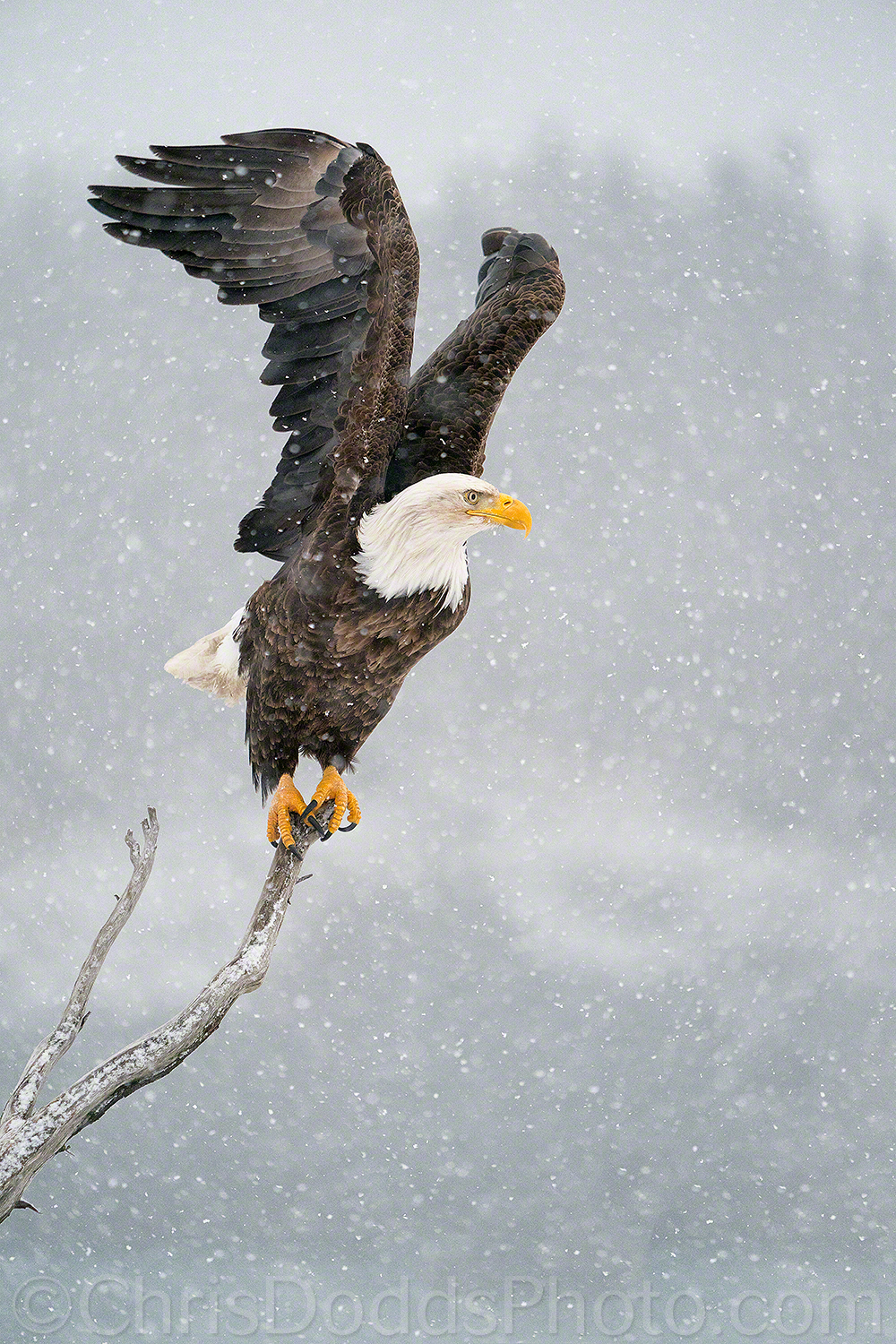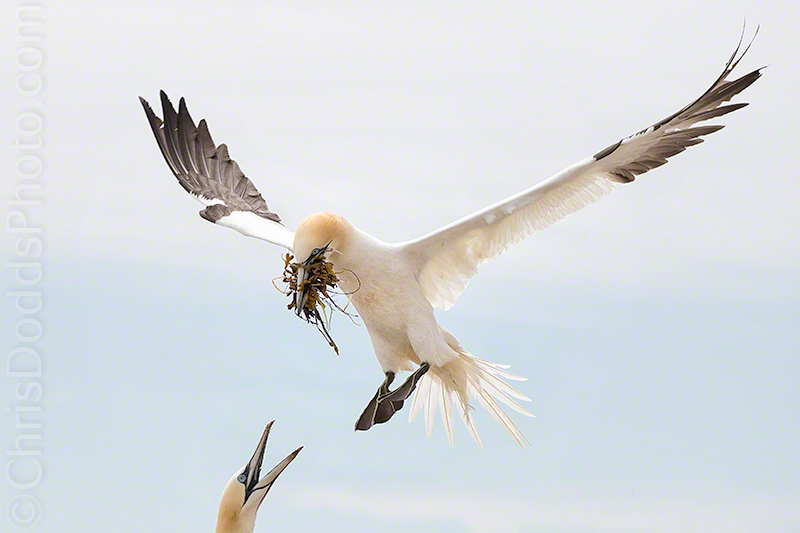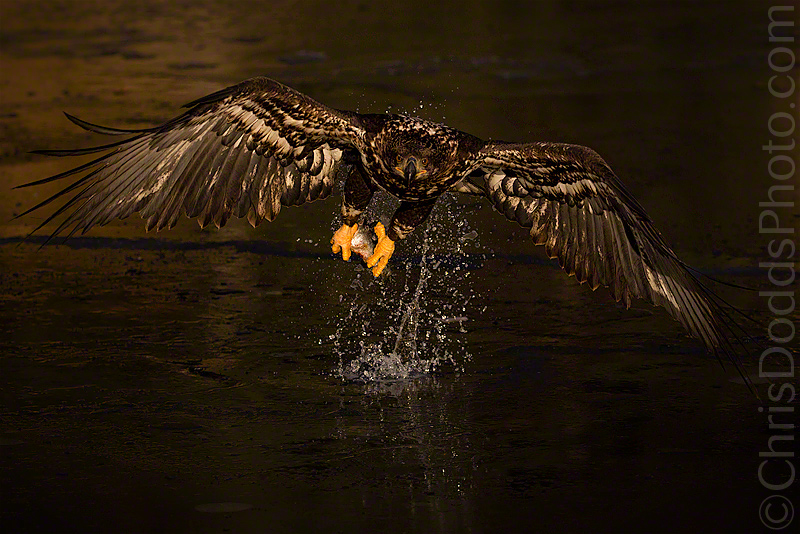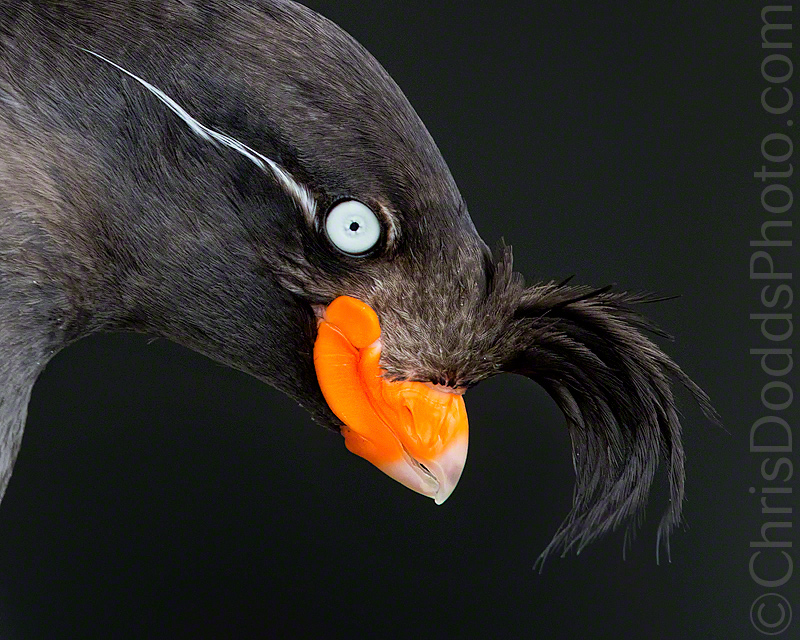Q:
Christopher,
I am constantly gobsmacked by your exceptional images. The details are captivating to me. I do wonder if you ever slow down your shutter and create artistic blurs? - Peter Wentworth
Hi Peter,
Thank you. Yes, I am not typically a fan of intentional blurs, but I do occasionally play around and slow my shutter speed down. Here is a Great Gray Owl I recently photographed at 1/40s with the new Sony a1 and 200-600mm lens. I find the key to my liking an intentional or artistic blur is having the eye(s) relatively sharp.
Q:
Hello Christopher, I liked your comments on the new alpha 1. How did you find it with the 200-600 zoom. I use this lens with the a7r3. The combo I found a bit slow to focus with wildlife. Where you happy with it on the a1. I have preordered the a1 and hoping to not have to upgrade the lens. Best, - Steve Aidelbaum
Hi Steve,
I think you will notice a significant autofocus performance boost with the focus acquisition speed and AF responsiveness of the 200-600 with the a1 vs. the a7RIII.
Q:
Thank you for responding to my query (Antman) in the comments. I would value your opinion on the following.
If you could buy either the 600MM f4 or A1 what would you go for based on the pairing
A9 + 600mmF4 or A1 + 200-600MM.
I own the A9 + a7R4 and 200-600mm and am wondering what makes more sense. My gut feel says go for the 600mm f4. However, I have never used either and I cannot get to see or feel the 600mm f4 in Australia. Both options have advantages. - Thanks, Anthony Heuver
Hi Anthony,
The most practical and financially sensible direction here is to invest in glass and buy the 600mm f/4 GM lens that you will have for the rest of your life. Camera bodies are refreshed at a staggering pace and the used value of them seems to be diminishing at a faster and faster pace with each new release. You can get a great deal on a new a9 (the version I), or take advantage of the "depressed" market and get a lightly used one: remember the shutter count is much less relevant for a mirrorless camera body and if you use the electronic shutter to achieve the fastest capture rate of 20 fps, there are no moving parts. The a9II has better ergonomics and connectivity, but I see little reason to spend the extra cash at this time. Holding off on the newly released a1 until we see promotional discounts or used bodies on the market will give you time to save money toward the purchase and save on the initial investment.




















